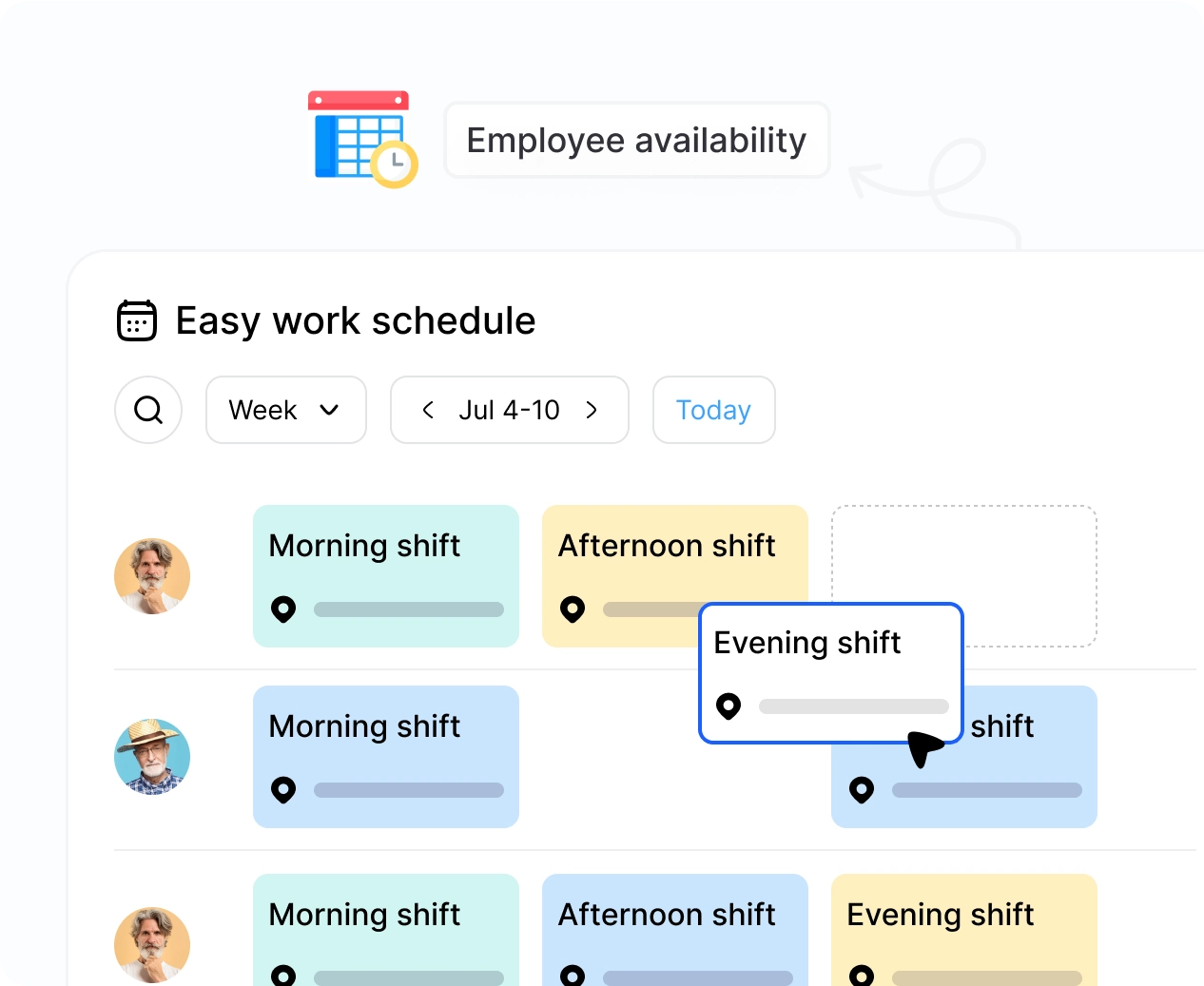
In today’s fast-paced business environment, managing employee schedules manually is no longer a viable option for many companies. Employee scheduling software has emerged as a powerful tool to automate, optimize, and streamline the process of assigning shifts, tracking attendance, and ensuring adequate staffing. From small businesses to large enterprises, this software is transforming workforce management with data-driven efficiency. Checkout: Employee App
What is Employee Scheduling Software?
Employee scheduling software is a digital solution that helps managers plan and assign work shifts to employees. These systems often include features for time tracking, leave management, shift swapping, and real-time communication. The goal is to reduce scheduling conflicts, improve labor law compliance, and ensure operational continuity.
Key Features
Modern employee scheduling tools offer a wide range of features, including:
Drag-and-drop scheduling: Easily create and adjust shift assignments.
Automated scheduling: Generate optimal schedules based on employee availability, skills, and business needs.
Mobile access: Enable staff to view schedules, request time off, or swap shifts via mobile apps.
Time and attendance tracking: Integrate clock-in/clock-out data for payroll accuracy.
Notifications and alerts: Keep employees informed of changes or upcoming shifts.
Compliance tools: Ensure adherence to labor laws, such as required breaks and overtime rules. Click here: Employee Scheduling Software
Benefits of Employee Scheduling Software
Adopting scheduling software can lead to significant operational and financial benefits:
Improved efficiency: Reduce the time spent on manual scheduling and administrative tasks.
Reduced labor costs: Avoid overstaffing and overtime through smart forecasting.
Higher employee satisfaction: Give employees more control over their schedules and increase transparency.
Better coverage and service: Ensure that every shift is adequately staffed to meet customer demands.
Real-time insights: Monitor workforce performance and make data-driven decisions.
Common Use Cases
Employee scheduling software is widely used across industries:
Retail: Manage part-time and seasonal staff across multiple store locations.
Healthcare: Handle complex shift rotations and ensure compliance with healthcare regulations.
Hospitality: Schedule front- and back-of-house staff during peak and off-peak hours.
Manufacturing: Align workforce availability with production cycles and supply chain needs.
Challenges and Considerations
Despite its advantages, implementing scheduling software isn’t without challenges:
Change management: Employees and managers may need time to adapt to new systems.
Data accuracy: Inaccurate availability or time-off records can lead to scheduling conflicts.
Cost: Advanced platforms may carry high subscription or implementation fees.
Integration: Ensuring compatibility with existing payroll, HR, and communication systems is essential.
Market Outlook
The global market for employee scheduling software continues to grow, driven by remote work trends, labor law changes, and increased demand for workforce flexibility. Companies are increasingly seeking cloud-based, AI-powered tools that provide predictive scheduling and seamless integration with broader HR tech ecosystems. Time Clock App
Conclusion
Employee scheduling software is no longer just a convenience — it’s a critical component of effective workforce management. By automating routine tasks and providing actionable insights, these tools enable organizations to stay agile, compliant, and competitive in a dynamic labor market. As the workplace continues to evolve, investment in smart scheduling technology will be key to unlocking productivity and employee engagement.